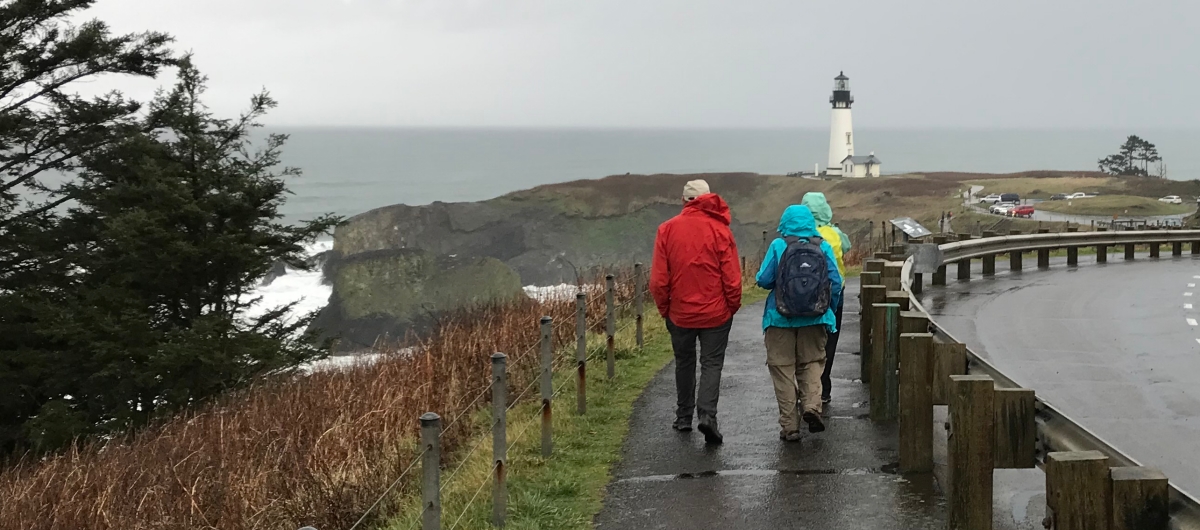
Trip Report:
Group Leader: Mark Hougardy | Organization: Eugene-based hiking group | Date: December 27-28, 2023 | Duration: 2 day | Walking Distance: 7 miles | Participants: 4 | Elevation Gain/Loss: 300 feet
The end of the year is a great time for whale watching on the Oregon coast as migrating Gray whales pass just offshore. This year, the wave heights easily exceeded 18 feet, which made whale watching difficult. The trip focused more on looking for wildlife and watching gargantuan waves strike the coastline.
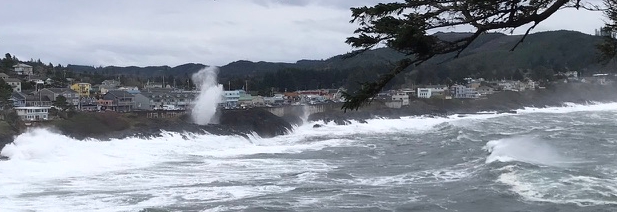
We arrived at Yaquina Head Outstanding Natural Area Interpretive Center as heavy rain arrived. We explored the picturesque Quarry Cove Trail and Quarry Cove, then hiked to the beautiful Cobble Beach where the incoming waves created impressive acoustics among the thousands of fist-sized cobbles. We continued to the lighthouse and kept watch for whales in the distance, but they remained elusive. A Peregrine Falcon kept watch on the adjacent Colony Rock. We continued to Salal Hill and saw a deep blue wall of water and wind approaching from the south. As we made our way off the hill, the wall of water hit – we were thoroughly soaked! Returning to the interpretive center, we explored the exhibits and then retreated to our hotel to warm up.
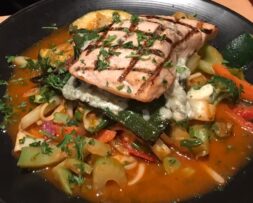
In the evening, we enjoyed a superb dinner (shown) at Local Ocean Seafood as we overlooked Yaquina Bay.
The following morning, we met at the Oregon State Parks Whale Watching Center in Depoe Bay. After viewing the exhibits, we walked past the impressive blow hole on the coast and up the Sunset Street Access Area, where we watched waves pound the rocky cliff-lined peninsula. Even crashing against a cliff, the wave splashes exceeded the rooflines of nearby 2-story houses. Just after noon, we walked back to town and ended the trip.

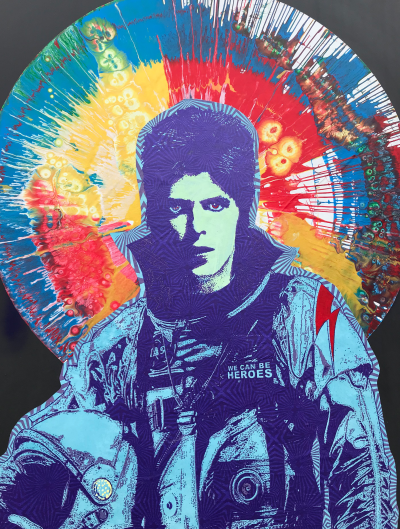 Trip Report:
Trip Report: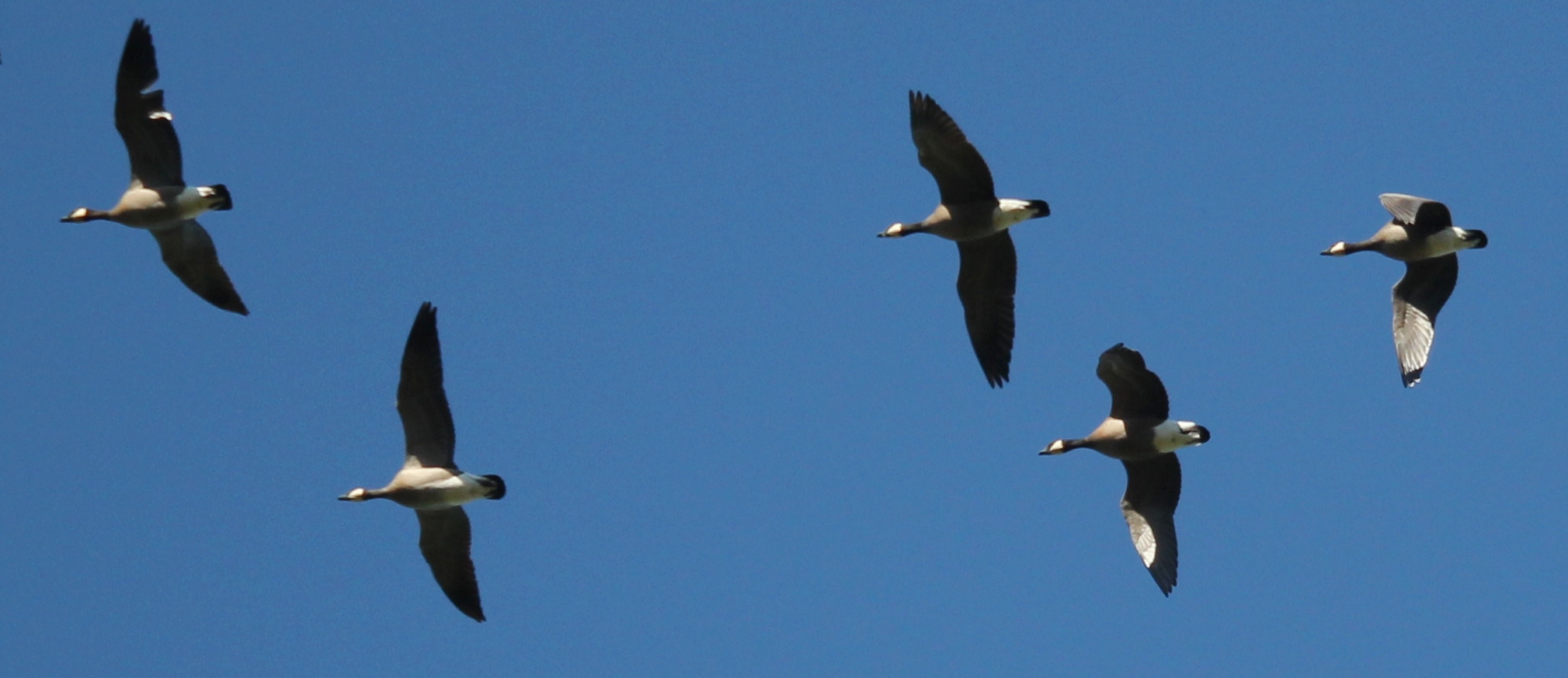
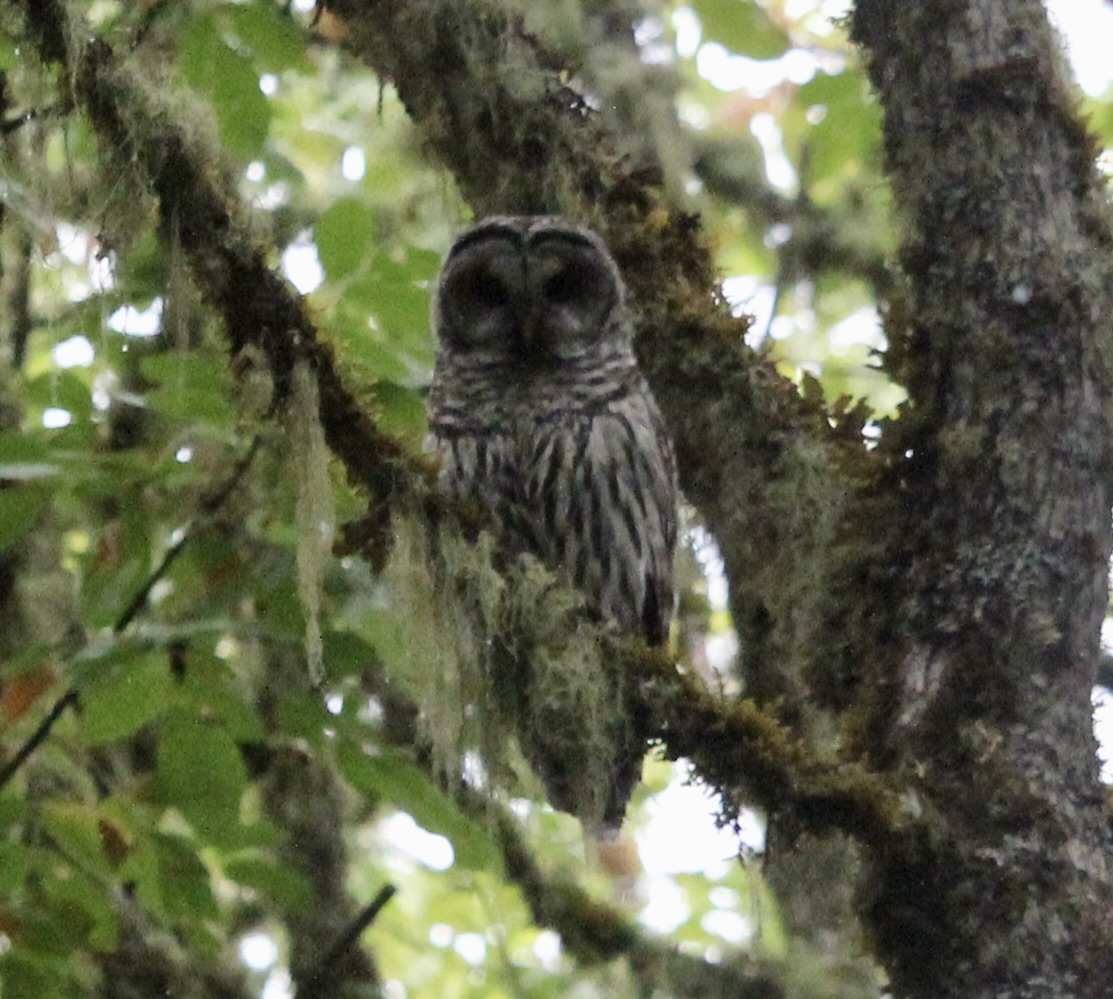
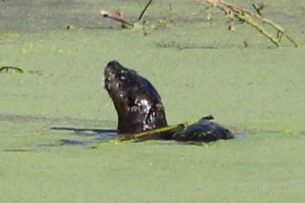 Trip Report:
Trip Report: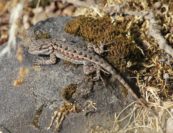
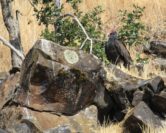
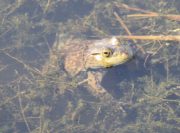
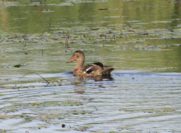
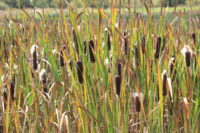
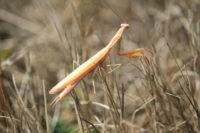
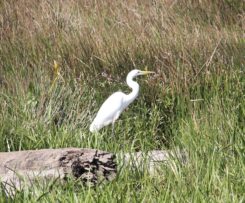 Trip Report:
Trip Report: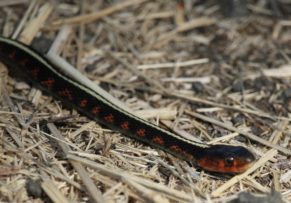
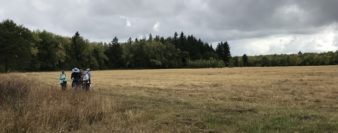 Trip Report:
Trip Report: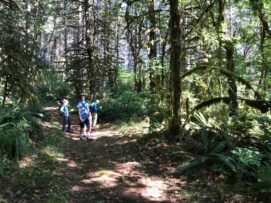 Trip Report:
Trip Report: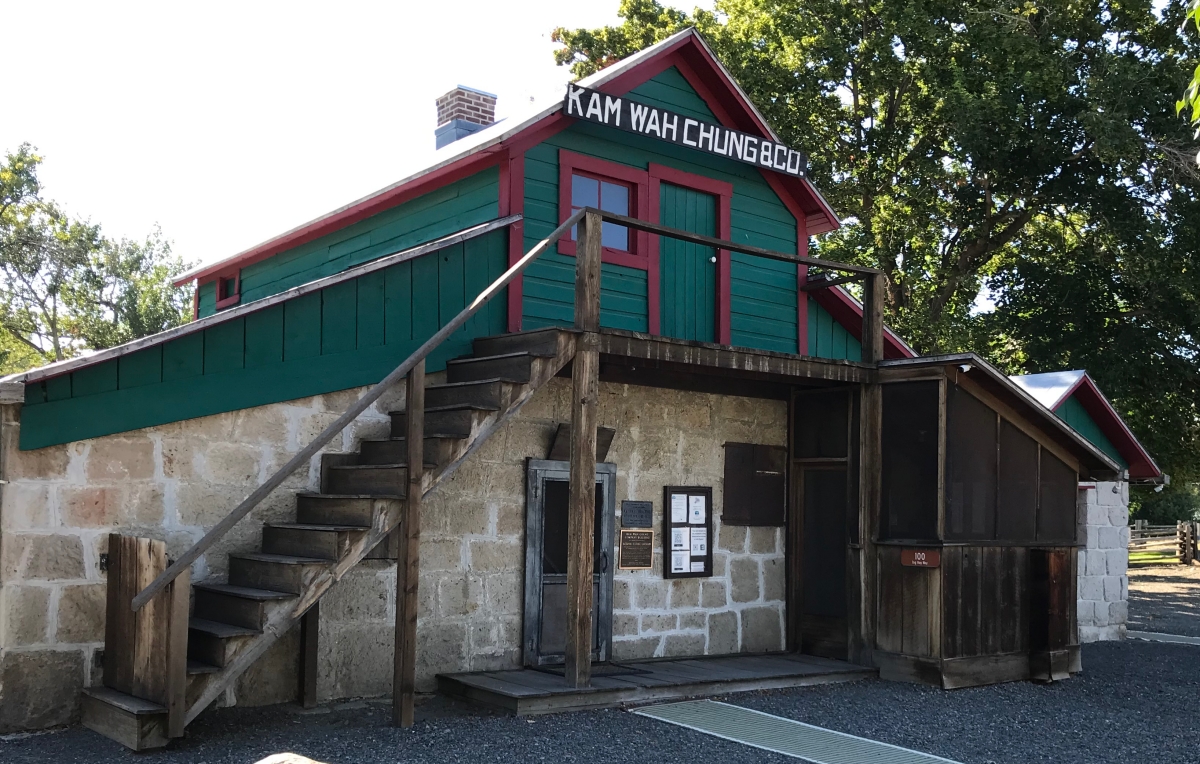
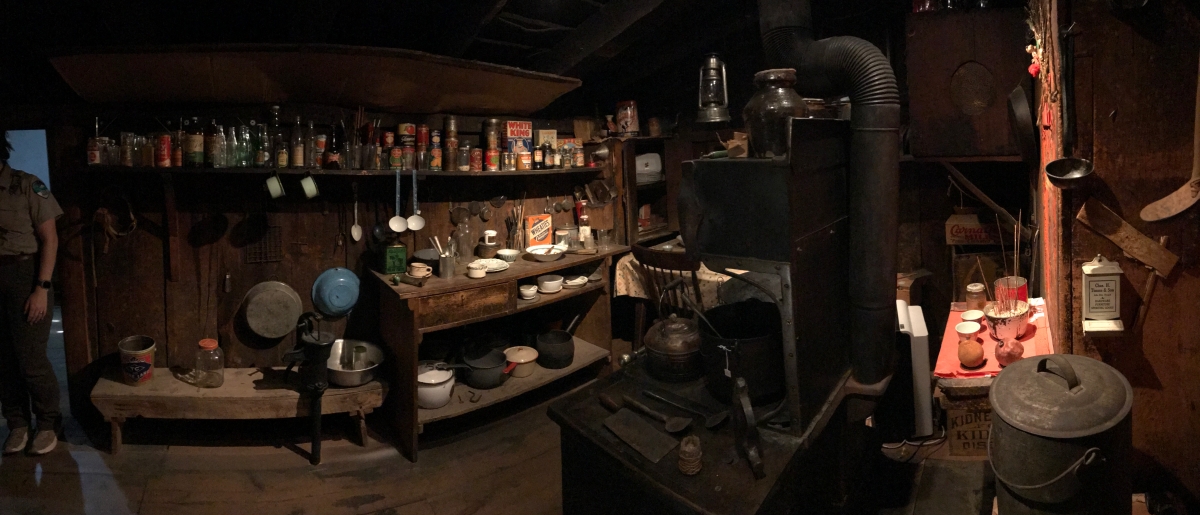
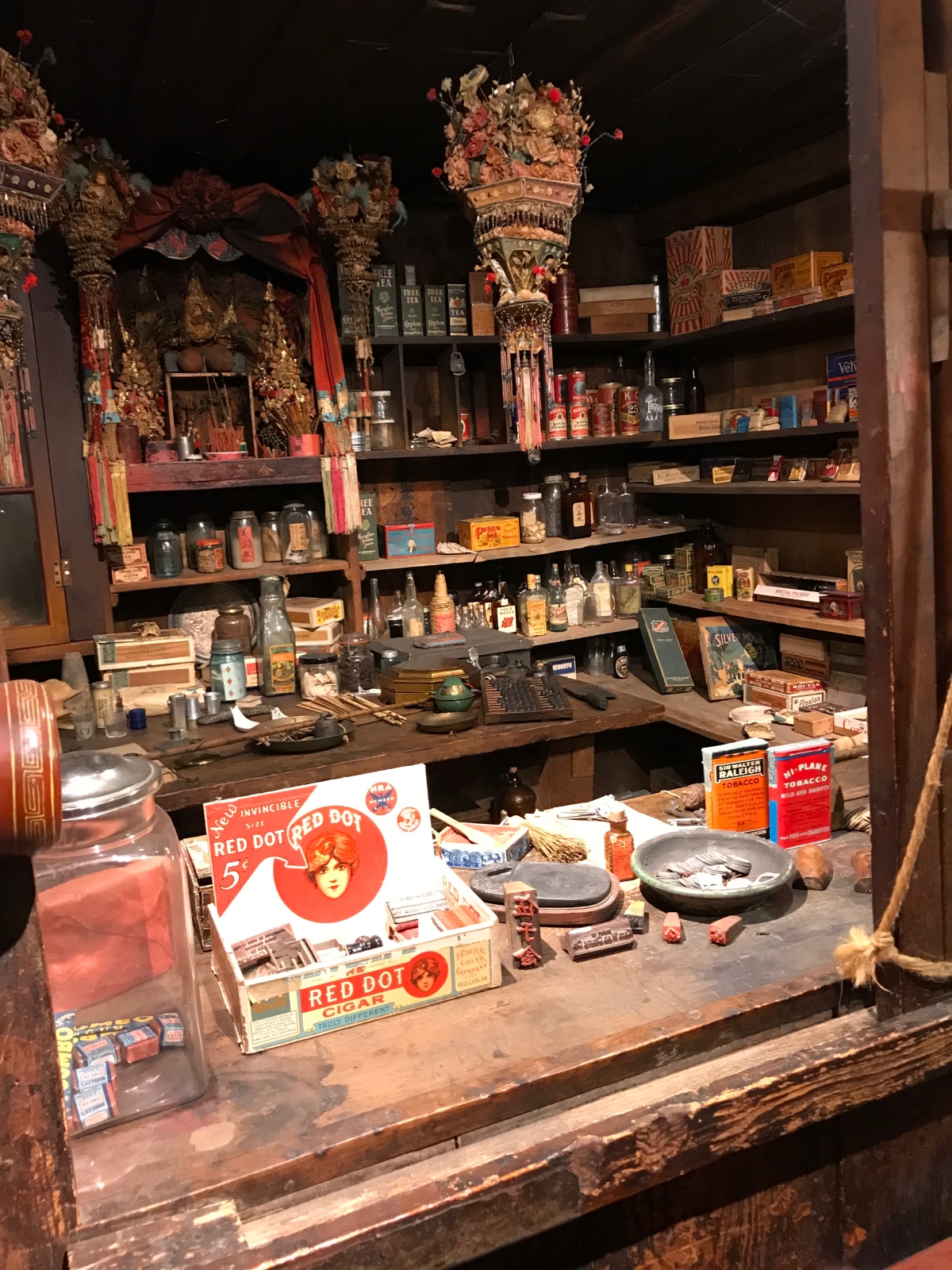
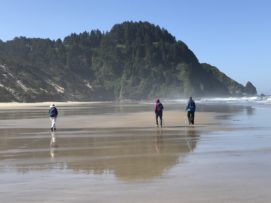
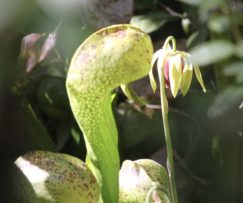
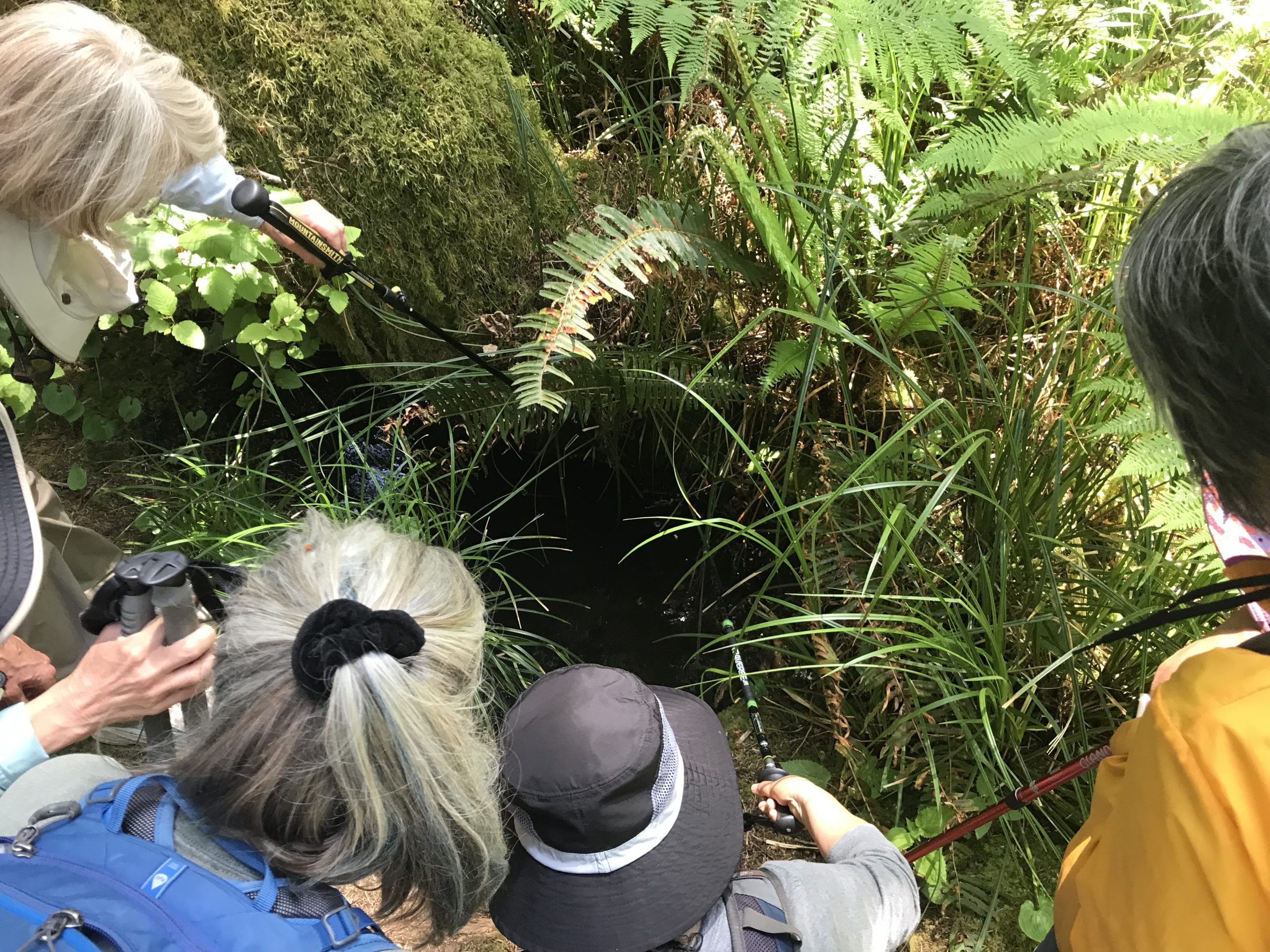
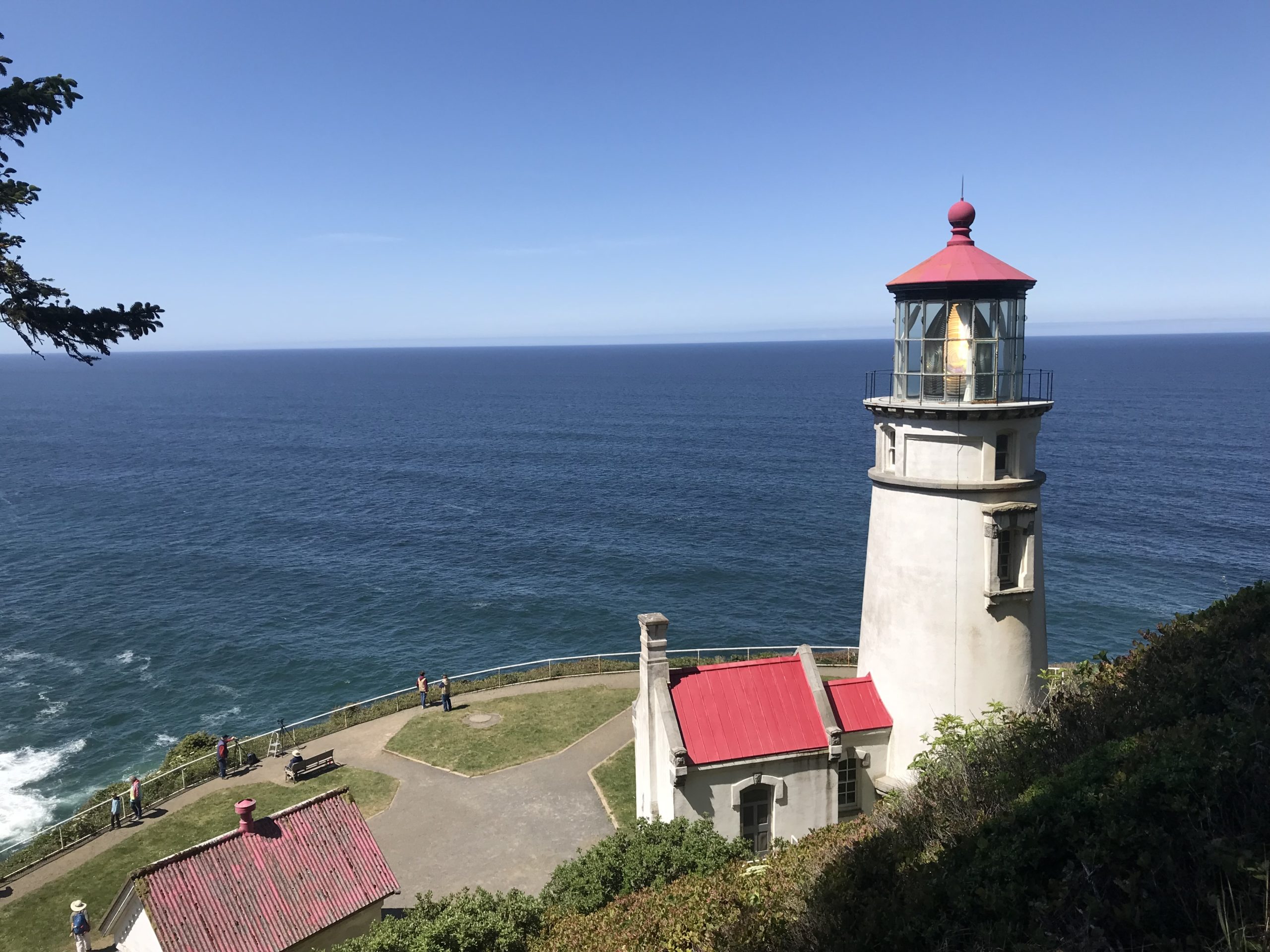
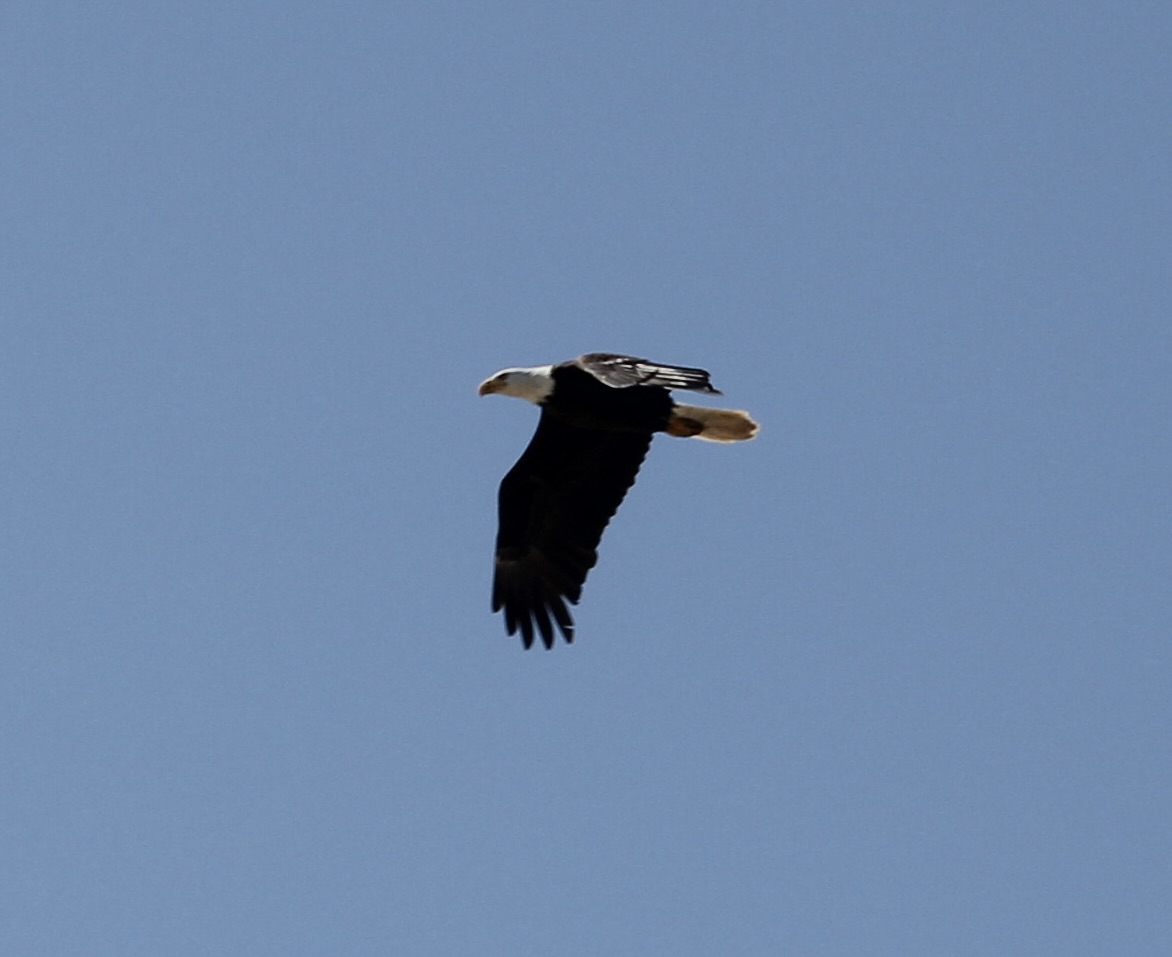
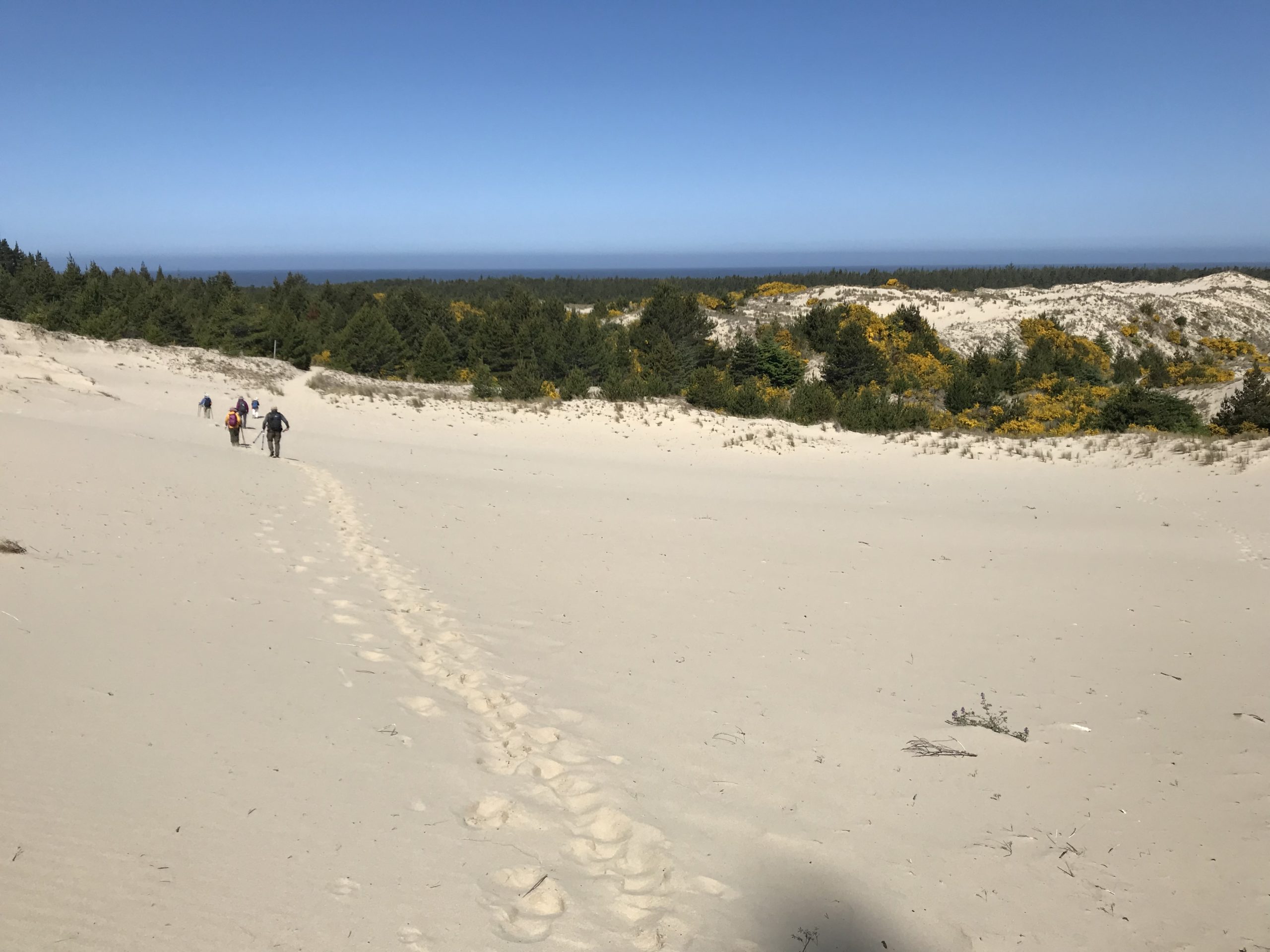
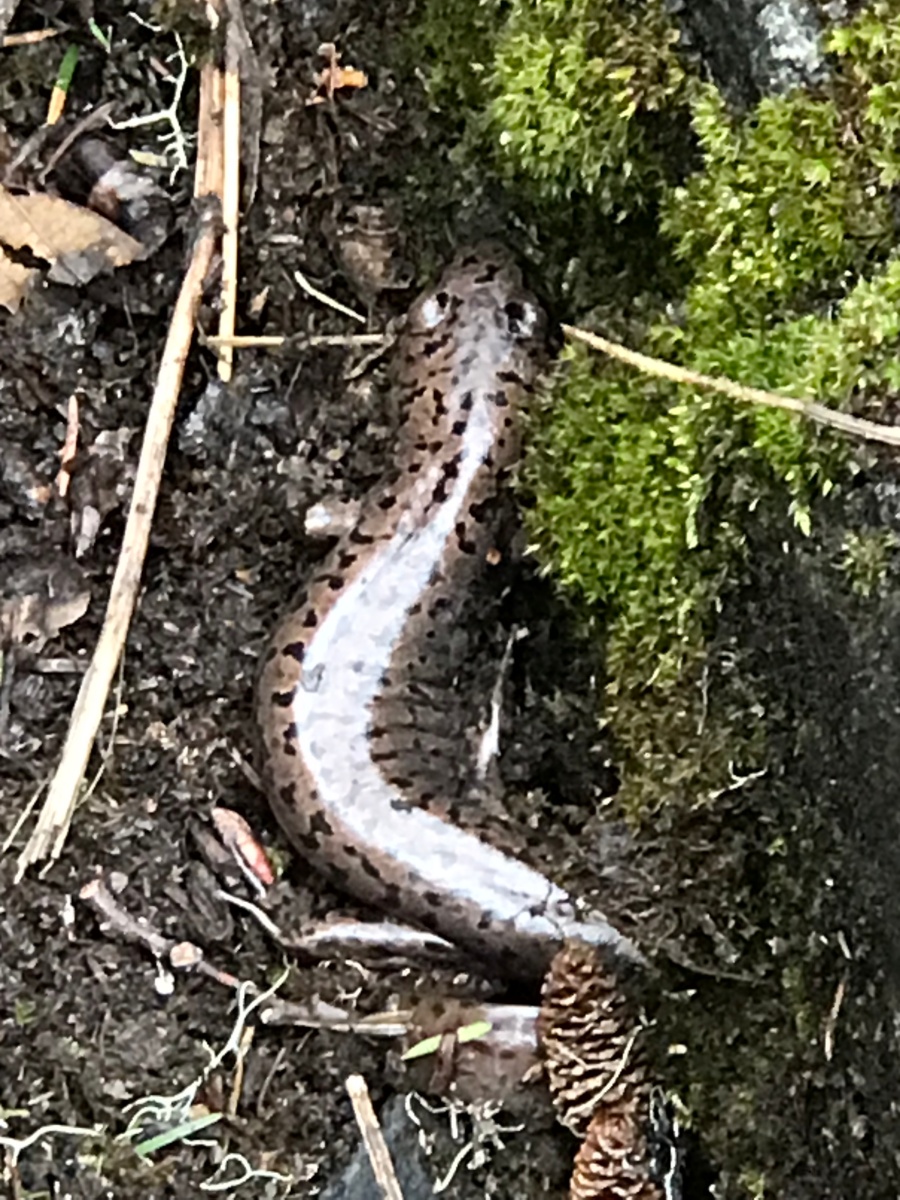
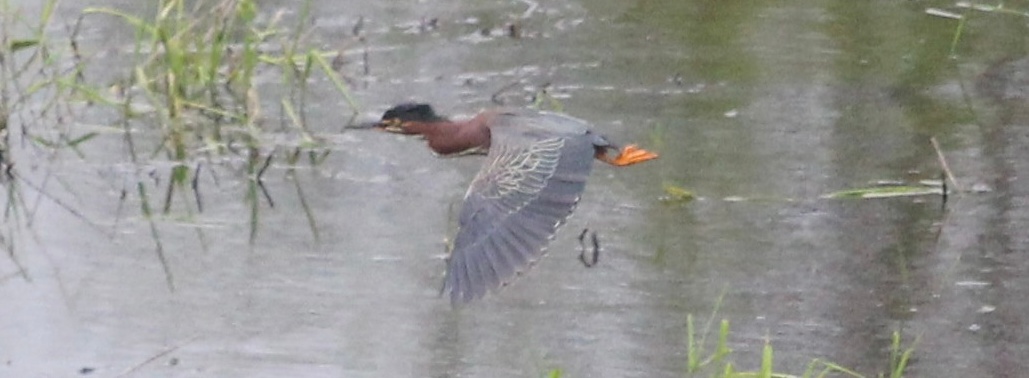
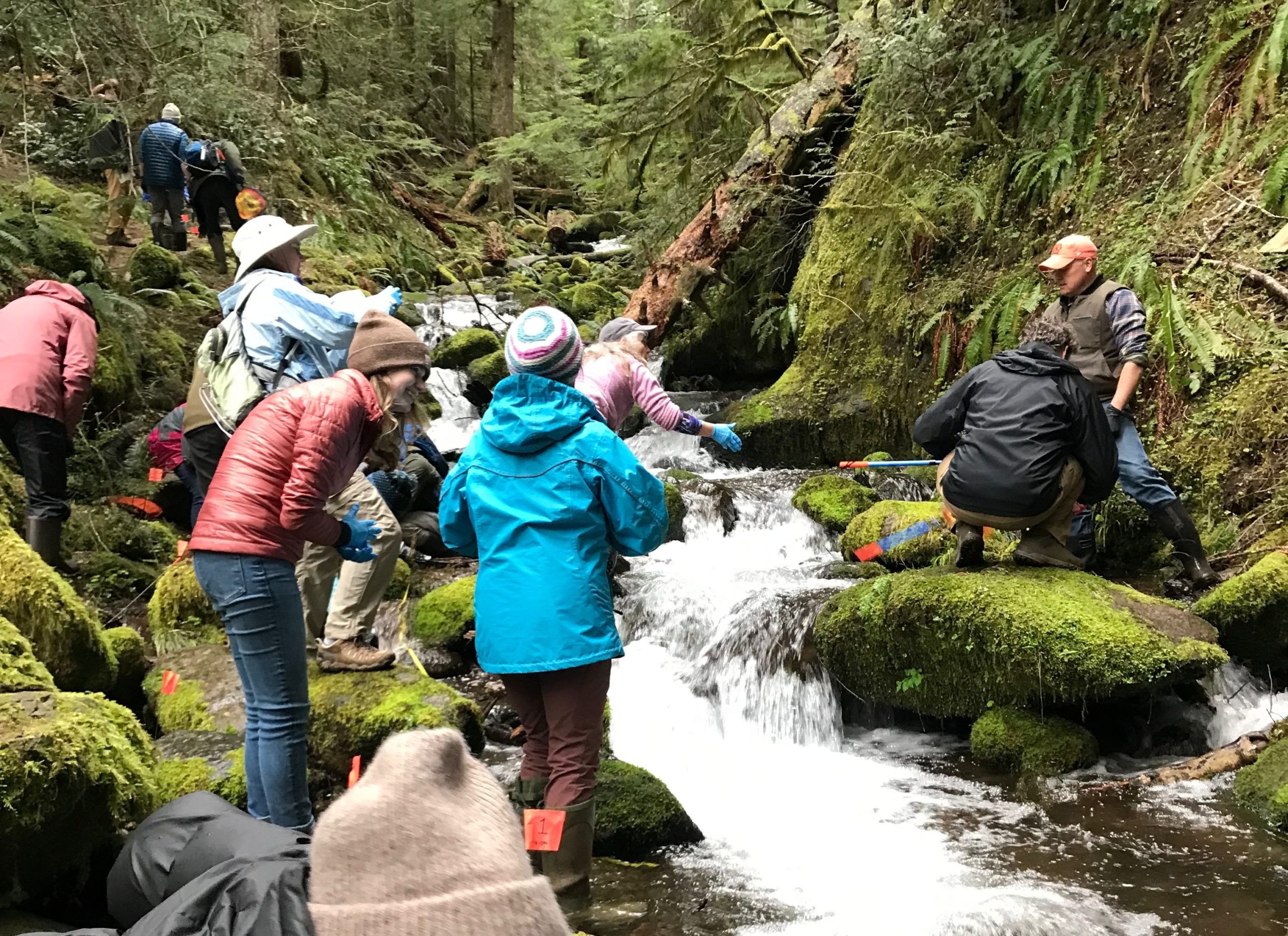
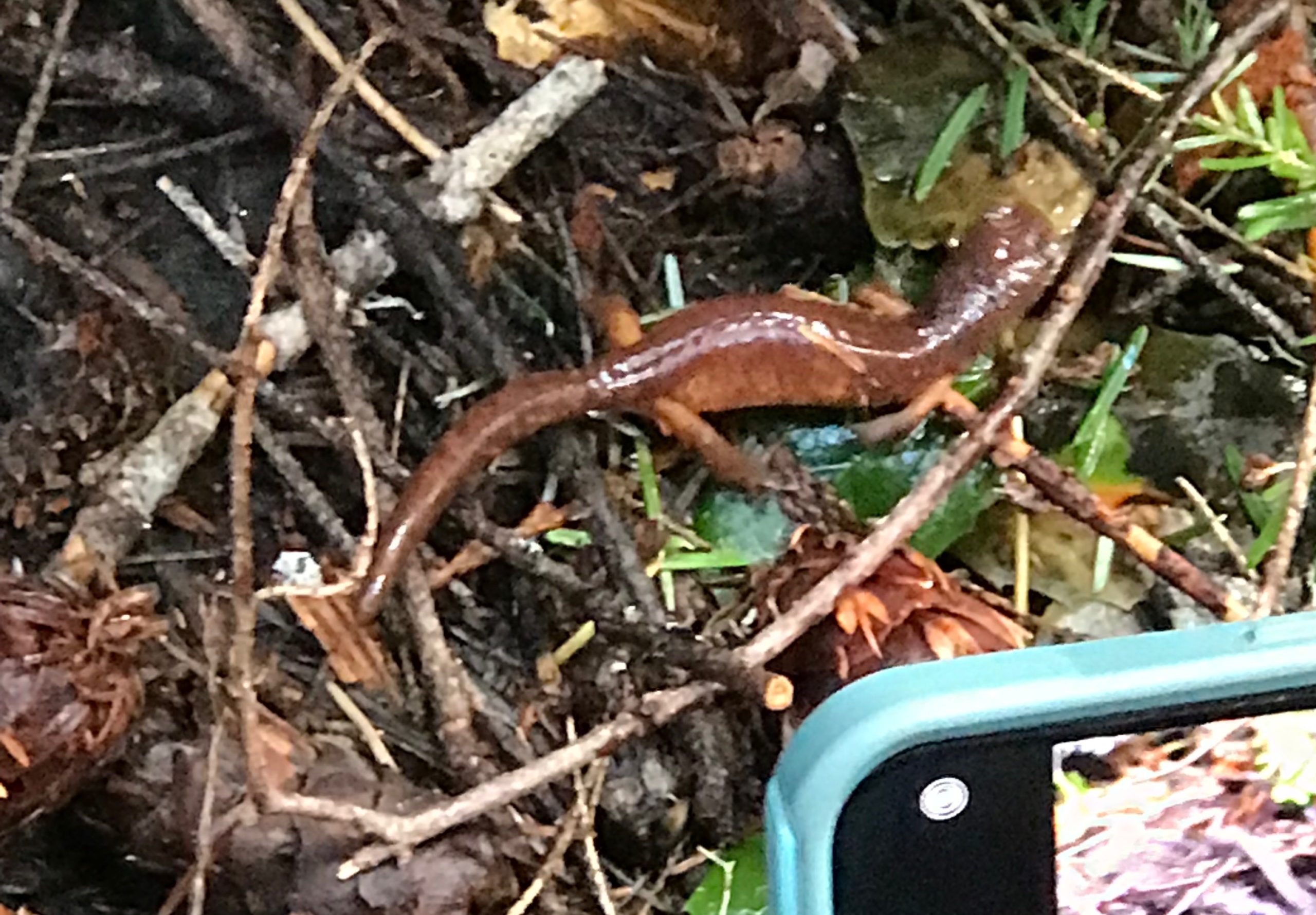
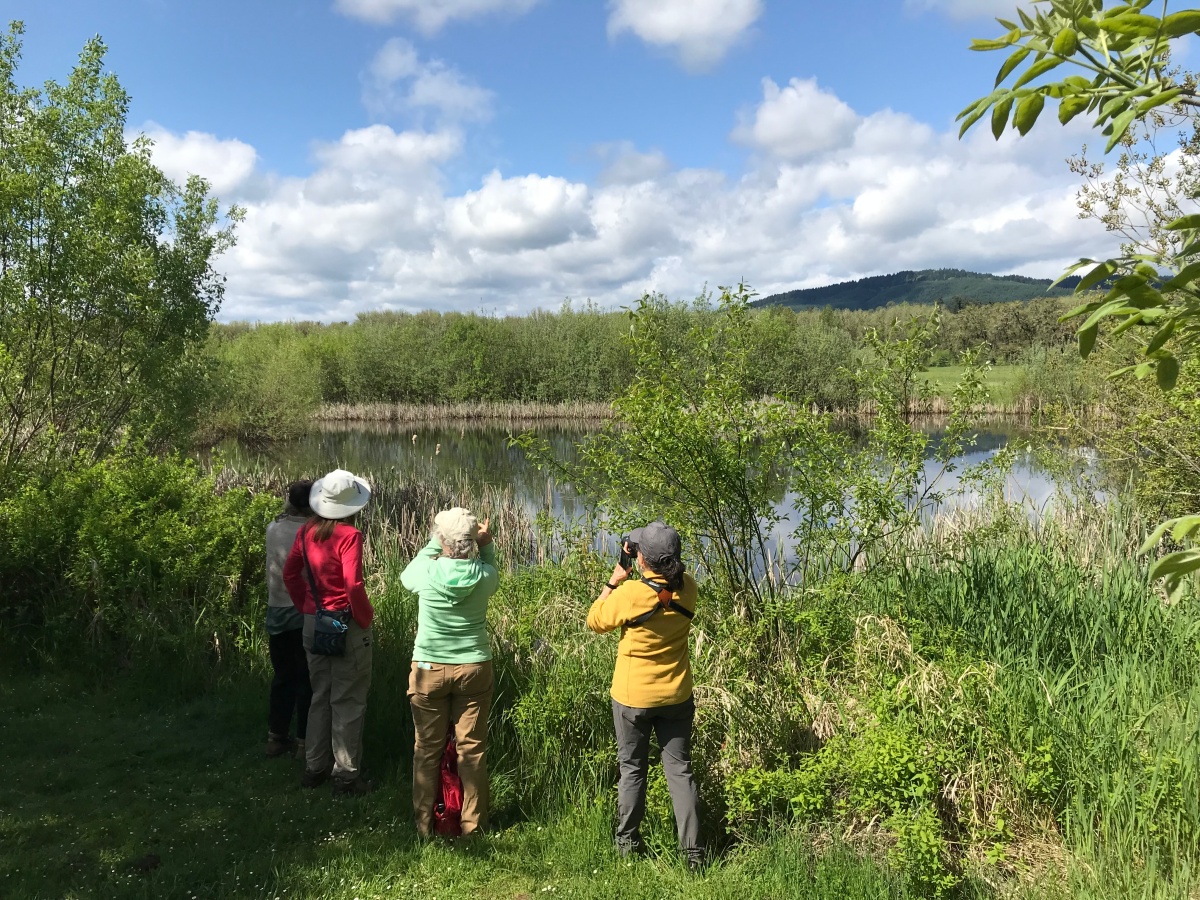
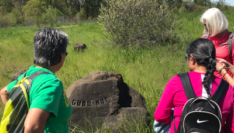 Trip Report:
Trip Report: